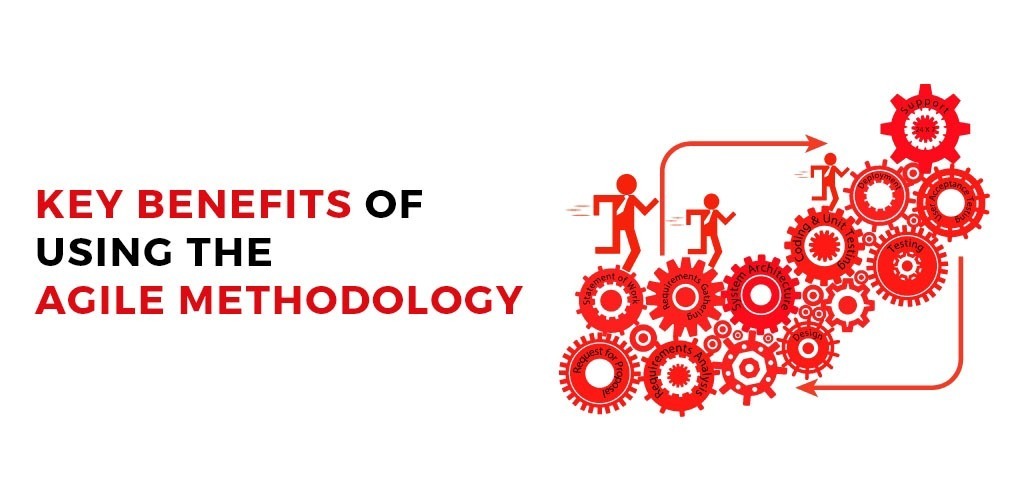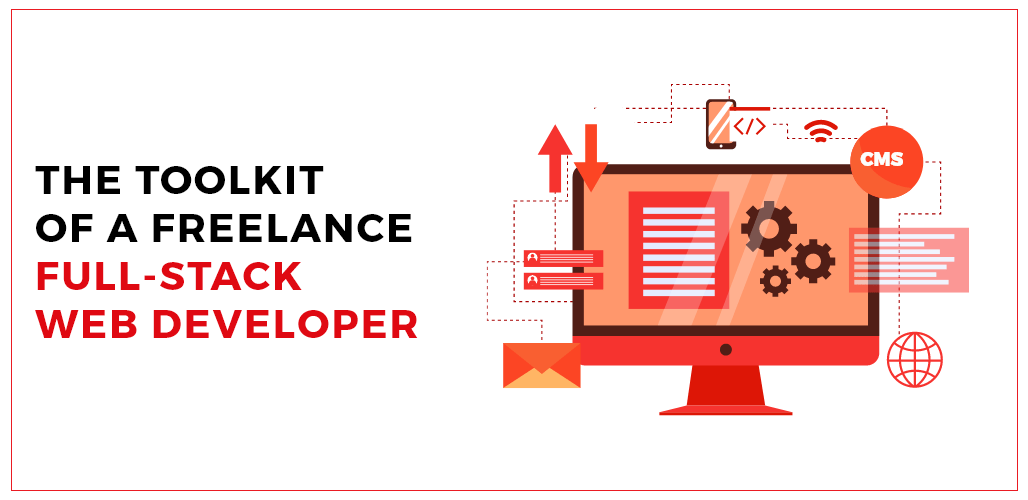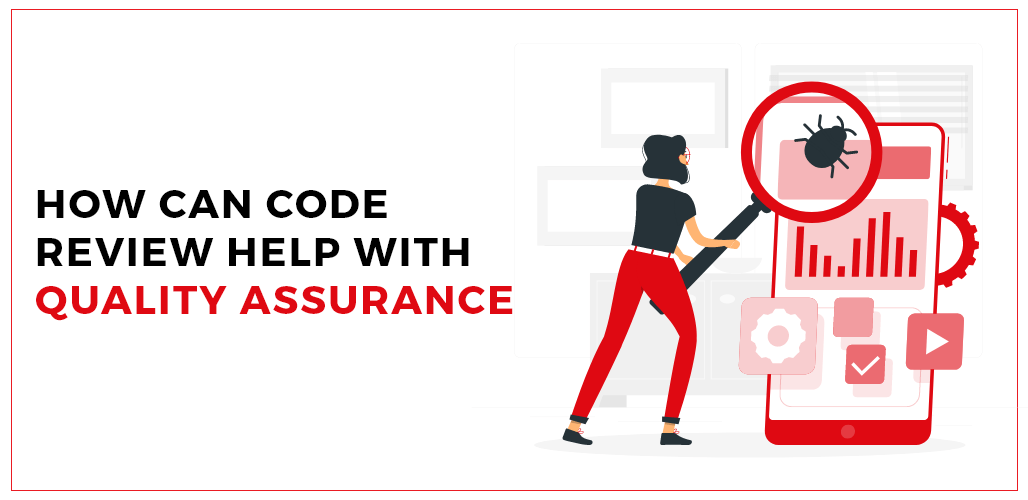At its core, Agile is an interactive, iterative, and incremental method of project management. The benefits of using the agile methodology is based on helping organizations and teams to work effectively in an ever-changing environment while delivering business value as quickly as possible.
All methodologies used in Agile project management (Scrum, XP, Kanban, and others) follow a flexible manifest based on achieving continuous improvement, flexibility, team contribution, and high-quality results.
6 Advantages of Agile Project Management
It creates the highest quality products
The essence of agile development is that you can control absolutely everything at any stage of the implementation or development cycle. This means that during the product verification phase in each of these cycles, you can use Agile to track quality, make any necessary adjustments, and release a ready-to-go product with the minimum number of bugs. In terms of quality, you can also benefit from the following advantages:
Timely definition and development of requirements, so that product features are as accurate and relevant as possible.
Incorporate continuous integration and daily testing into the development process, allowing the development team to resolve issues as they arise.
Use of automated testing tools.
Conducting a sprint retrospective that allows the scrum team to improve processes and work continuously.
Software is developed in rapid incremental cycles. This results in small incremental releases, each based on the previous functionality. Each release is then thoroughly tested to ensure the quality of the software is maintained.
You have higher customer satisfaction
With the agile methodology, the product owner is constantly involved in the development process, including any adjustments, bug fixes, and further cycles. In this way, the product development process and the results are visible to both the customer and the development team. In summary, you can:
Demonstrate the progress and results of work to customers in each Sprint Review.
Bring products to market faster and more often with each version. Customers get early access to the product throughout its lifecycle.
Ensure the necessary involvement of customers in development projects.
You focus on the most relevant metrics
Companies using traditional methods often produce lower-quality products than those using flexible systems. In addition, they usually spend more resources and time. Agile allows you to determine the project schedule and budget by considering the skills and abilities of your development team. Your development team creates a working estimate according to the project requirements. Using these relative estimates instead of hours or days, you can then align the approximate work requirements with the knowledge and skills of the development team. In addition, you can:
Regularly update the effort, time, and cost estimate as the development team learns more about the project.
Receive a daily update of the Sprint Burnout Chart to provide accurate metrics on the Development Team’s performance in each Sprint.
Compare the cost of future development to the value of that development, which helps project teams determine when to complete a project and reallocate capital to a new initiative.
Risks are close to zero
Flexibility is one of the key benefits of Agile, allowing you to virtually eliminate the likelihood of total project failure. Because from the first Sprint, you always have a working product, so your project always has a tangible result that you can further develop and build on.
It is also crucial that you can develop your sprints in a way that ensures a short time interval between the initial project investment and a possible failure or even the moment you prove that the product/approach works. Here are some other risk-related characteristics to mention:
Agile allows you to generate early revenue from self-funded projects, allowing organizations to pay for the project with a little upfront cost.
Agile gives you the freedom to implement new changes at a very low cost due to the frequency with which new increments are released.
You can quickly adapt to the customer’s needs and preferences during the development process. Agile typically considers user stories with business-oriented acceptance criteria to define product features. By focusing on the needs of real customers and end-users, each product feature gradually contributes to the business value of the project, rather than being just another IT component.
You can also beta test the software after each iteration for valuable feedback early in the project and the opportunity to make changes if necessary.
Faster return on investment
If development starts early, you can get to a fully functional market-ready product within multiple iterations, giving you the so-called “first mover advantage.” Plus, Agile gives you faster product releases and the ability to measure customer response and make changes accordingly—keeping you ahead of the competition. And as mentioned earlier, an agile approach allows you to focus on business value. By allowing the customer to prioritize features, the team understands what is most important to the customer’s business and can deliver features in the most valuable and relevant order.
Ability to oversee project risks and potential failures
Agile project management includes multiple practices, artifacts, and tools to increase predictability. Keeping the same sprint duration and distribution of development teams throughout the project allows the project team to know the exact cost of each Sprint.
Additionally, considering the pace of development allows the project team to predict release timelines and budgets, as well as understand pending product backlogs and groups of requirements. Additionally, using information from daily scrum meetings, sprint burnout charts, and issue boards allows the project team to predict performance for individual sprints.
Another Thoughtful Read: 8 Crucial Phases of a Successful Mobile App Development Process
AppVerticals: Leading Mobile and Web Application Development Service Providers








